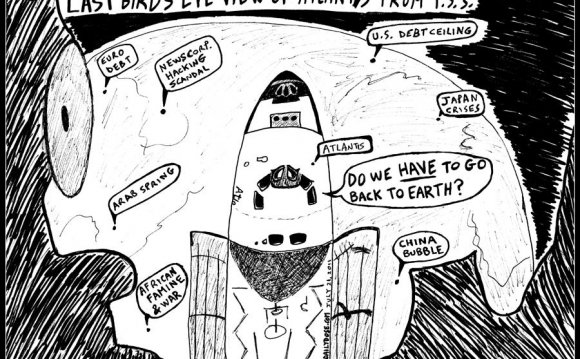
Joseph M. Acaba
Location of the island of Puerto Rico (green)
This is a list of notable Puerto Rican scientists involved in the United States Space Program, also known as the National Aeronautics and Space Administration (NASA) and their contributions to said program. This list is not limited to Puerto Ricans born in Puerto Rico, it also includes people of Puerto Rican descent born elsewhere. According to an article written by Margarita Santori Lopez for the official newspaper of the University of Puerto Rico's Mayagüez Campus, "Prensa RUM", as of 2003, of the 114 Hispanics working at NASA Goddard Space Flight Center in Maryland, 70 were Puerto Ricans or of Puerto Rican descent.
Puerto Ricans and people of Puerto Rican descent, both men and women, have reached top positions in NASA, serving in sensitive leadership positions. On May 6, 2004, Joseph M. Acaba became the first person of Puerto Rican heritage to be named as a NASA astronaut candidate, when he was selected as a member of NASA Astronaut Training Group 19. Other notable individuals who have reached finalist status (i.e., on average, the top 4% of qualified applicants to be invited to the Johnson Space Center in Houston, for final interviews for a position in the Astronaut Candidate Class [on average, only 0.63% of qualified applicants get selected] ) include: Nitza Margarita Cintron, Astronaut Class 8 (1978), Carlos Ortiz Longo, Astronaut Class 16 (1996)., and Enectalí Figueroa-Feliciano, Astronaut Class 19 (2004) and Class 20 (2009)
The following are short profiles of these men and women:
Contents: -, , , , , , , , , , , , , , , , , , , , , , , , , , , , , , , , , , , , , , , , , .
In May 2004 Acaba became the first person of Puerto Rican heritage to be named as a NASA astronaut candidate, when he was selected as a member of NASA Astronaut Training Group 19. He completed his training on February 10, 2006 and was assigned to STS-119, which flew from March 15 to March 28, 2009 to deliver the final set of solar arrays to the International Space Station.
Roberto Alemán[edit]
Electronics Engineer, Aero-Space Technologist Environmental Instruments Director at NASA Goddard Space Flight Center in Maryland. Alemán directs everything that is related to the environmental instruments which the United States provides to the European Space Agency in order to operate the MetOp, a European satellite that provides environmental information to both Europe and the United States.
Adán Rodriguez-Arroyo[edit]
Electronics Engineer, Aero-Space Technologist
Stationed at NASA Goddard Space Flight Center in Maryland for over 20 years, Rodríguez-Arroyo was the Communications System Lead Engineer for the Lunar Reconnaissance Orbiter Mission (LRO), launched in June 2009 and currently orbiting the moon. Currently, Rodriguez-Arroyo is the Communications System Lead Engineer for the Magnetospheric MultiScale Mission (MMS) to be launched in 2015 and will study the electromagnetic iteration between the Sun and Earth.
Rodriguez-Arroyo earned his BSEE from the University of Puerto Rico and his MSEE from the Whiting School of Engineering at Johns Hopkins University. He was born in Peñuelas, Puerto Rico.
Renán Borelli[edit]
Mechanical Engineer, Aero-Space Technologist
SWIFT satellite instrumentation Manager at NASA Goddard Space Center in Maryland. The Swift is a multi-wavelength space-based observatory dedicated to the study of gamma-ray burst (GRB) science.
Anthony M. Busquets[edit]
Stationed at NASA Langley Research Center in Hampton, Virginia, his responsibilities include the development and application of multifunction control/display switch technology in 1983 and Development and application of a microprocessor-based I/O system for simulator use in 1984.
NASA Awards and Recognitions:
1986-Certification of Recognition (NASA Tech Brief Publication), 1987, 92-Certificate of Recognition (NASA Innovation Disclosure), 1992-NASA Team Excellence Award, 1993-Certificate of Outstanding Performance, 1995, 97-NASA Performance Award.
He is the author and or co-author of over 13 conference papers and NASA formal publications in the areas of cockpit controls and displays, use of stereoscopy in flight displays and pictorial flight displays for situation awareness enhancement.
Miguel Alvarez Chico[edit]
Computer Engineer, Aero-Space Technologist
System Hardware Design Engineer for the Aft-Deck Simulator and the Cockpit Motion Facilitya at NASA Langley Research Center in Hampton, Virginia. He is also the Assistant Systems Engineer, General Aviation Simulator (reactivation) - support of the AWIN research study (1998–2002).
1997, 2000-Achievement Award.
Chief of Space Medicine and Health Care Systems Office at NASA's Johnson Space Center.
In 1979, Cintron was the originator of the Biochemistry Laboratory at the Johnson Space Center. Cintron also served from (1979–85) as the project scientist for the Space Lab 2 mission which was launched aboard the Space Shuttle Challenger in 1985. Among the positions held by Cintron in NASA are "Chief of the Biomedical Operations and Research Branch in the Medical Science Division" and "Director for managing the Life Sciences Research Laboratories" in support of medical operations. In 2004 she was named "Chief of NASA's (JSC) Space Medicine and Health Care Systems Office", position which she currently holds.
RELATED VIDEO
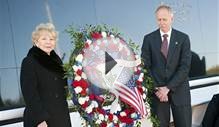
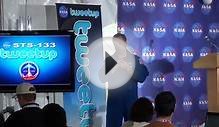
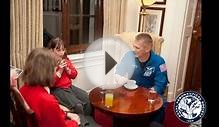

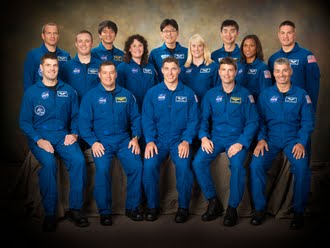 NASA Astronaut Group 20 (The Chumps) saw the training of nine mission specialists, and five international mission specialists to become NASA astronauts. These 14 astronauts began training in August 2009 and officially graduated as astronauts on 4 November 2011.
NASA Astronaut Group 20 (The Chumps) saw the training of nine mission specialists, and five international mission specialists to become NASA astronauts. These 14 astronauts began training in August 2009 and officially graduated as astronauts on 4 November 2011.
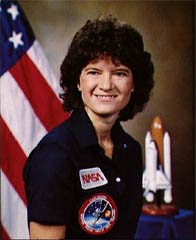 Michael Timothy "Bueno" Good is a NASA astronaut and retired commissioned officer in the United States Air Force, holding the rank of Colonel. Mike Good flew aboard Space Shuttle Atlantis for its STS-125 mission. STS-125 was the final Hubble Space Telescope...
Michael Timothy "Bueno" Good is a NASA astronaut and retired commissioned officer in the United States Air Force, holding the rank of Colonel. Mike Good flew aboard Space Shuttle Atlantis for its STS-125 mission. STS-125 was the final Hubble Space Telescope...








